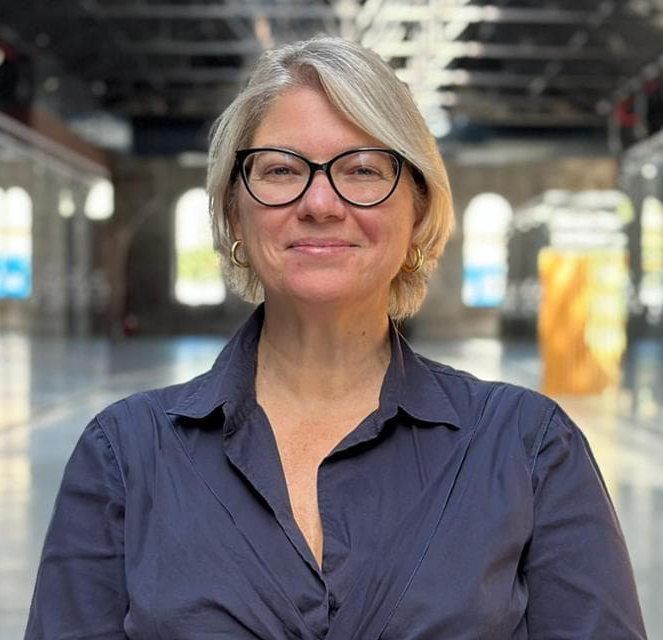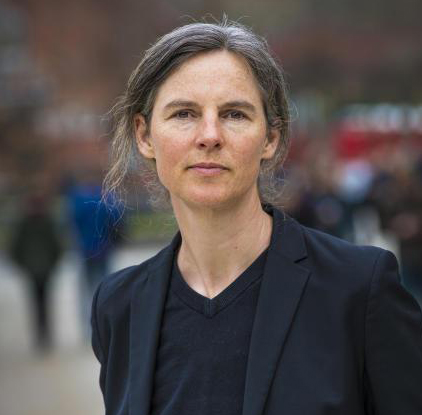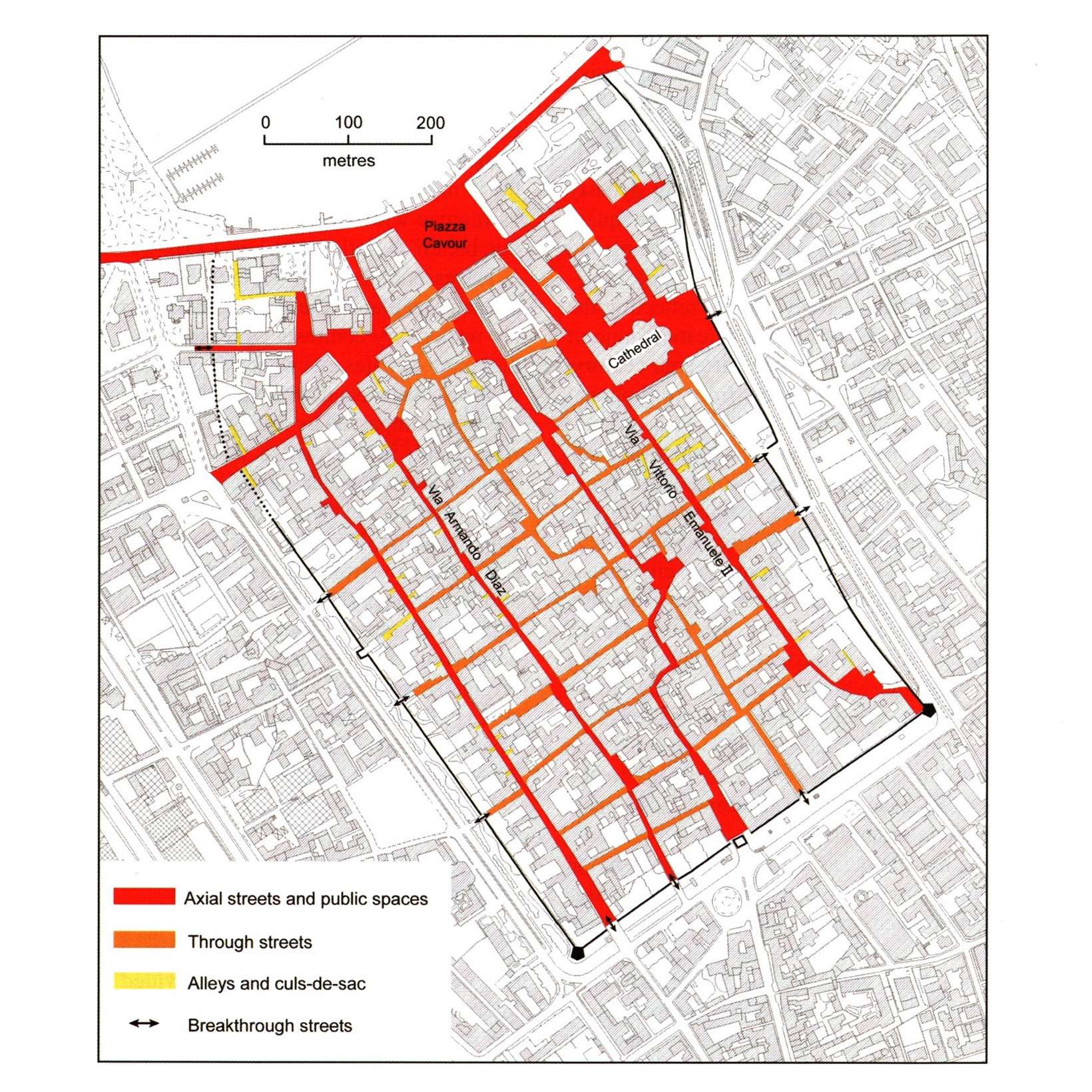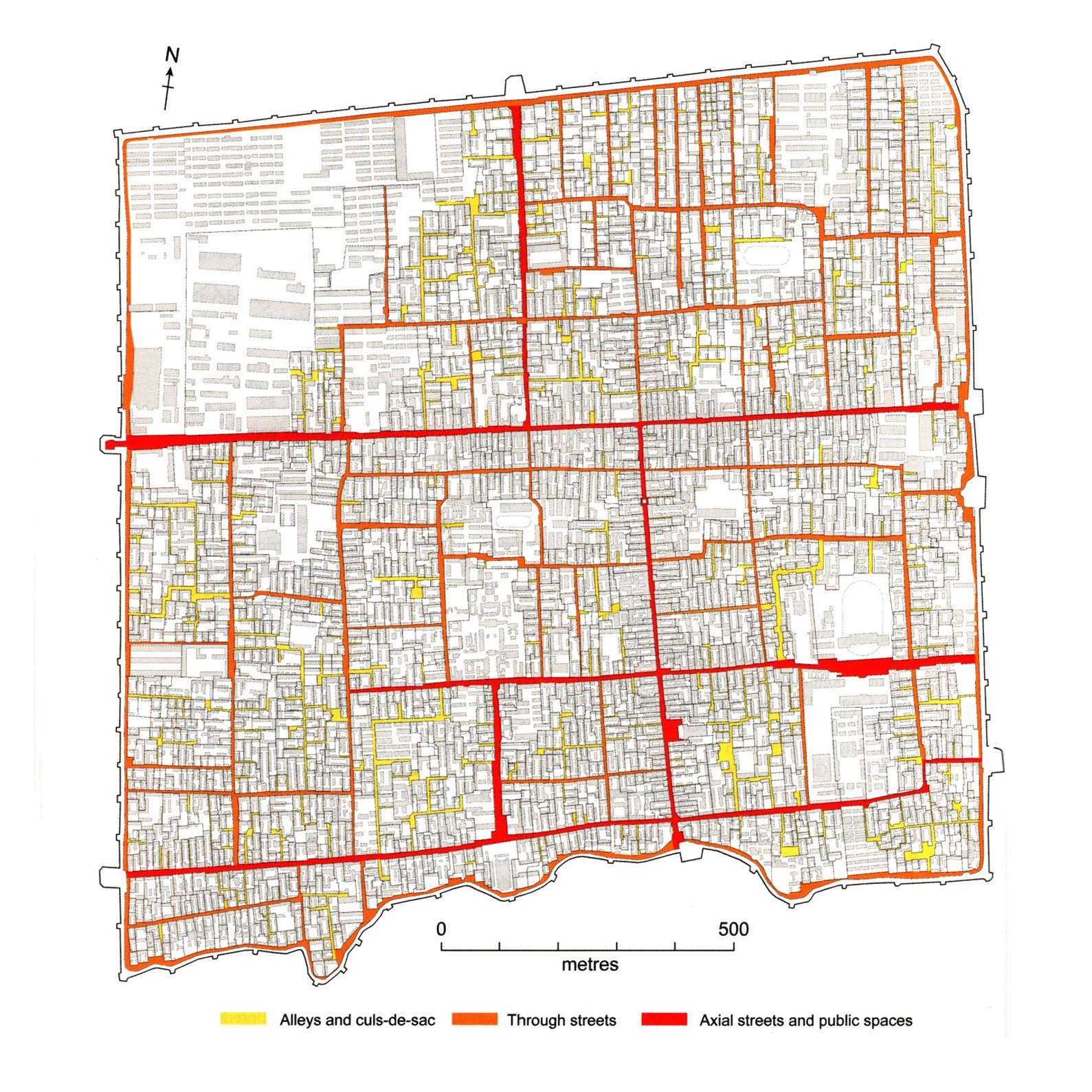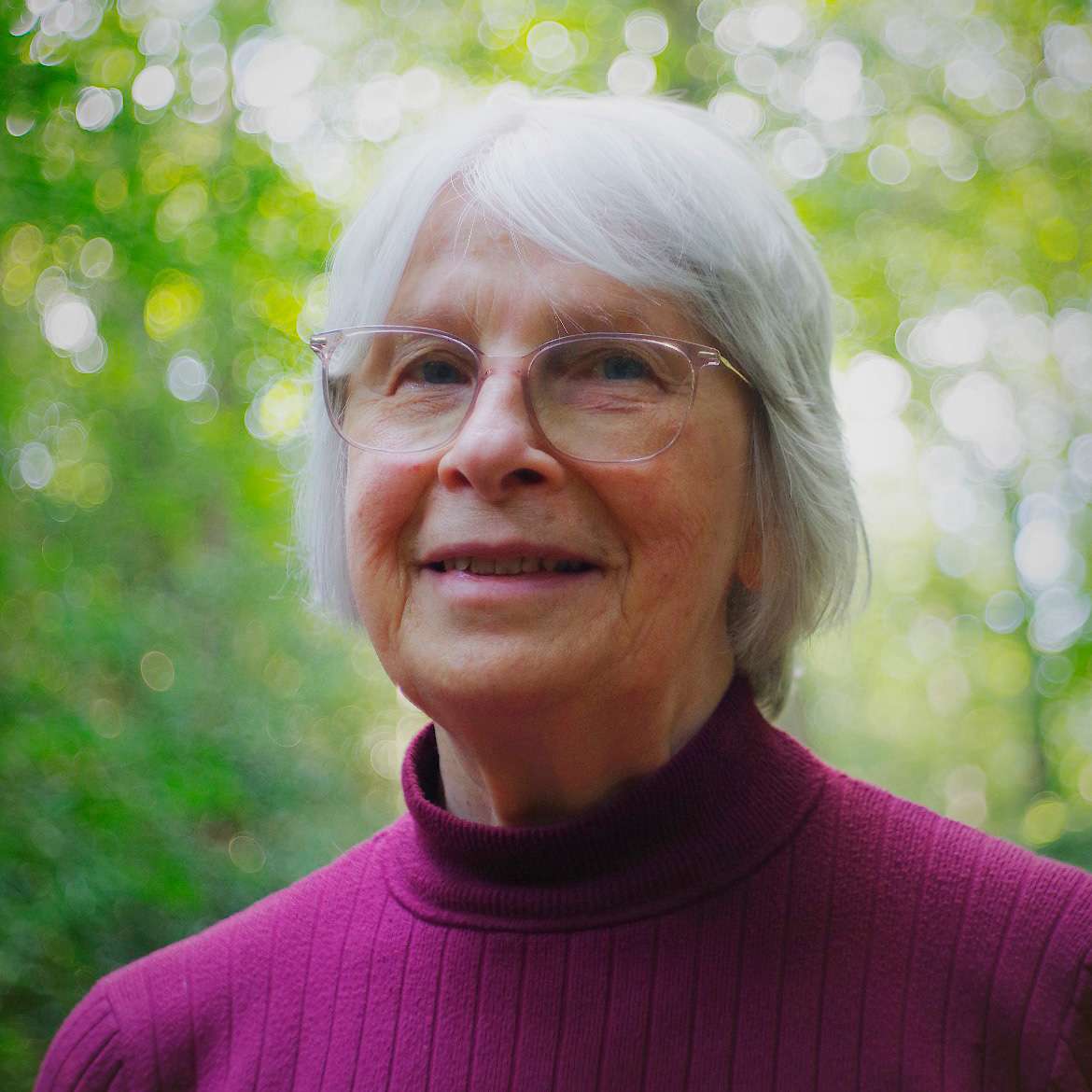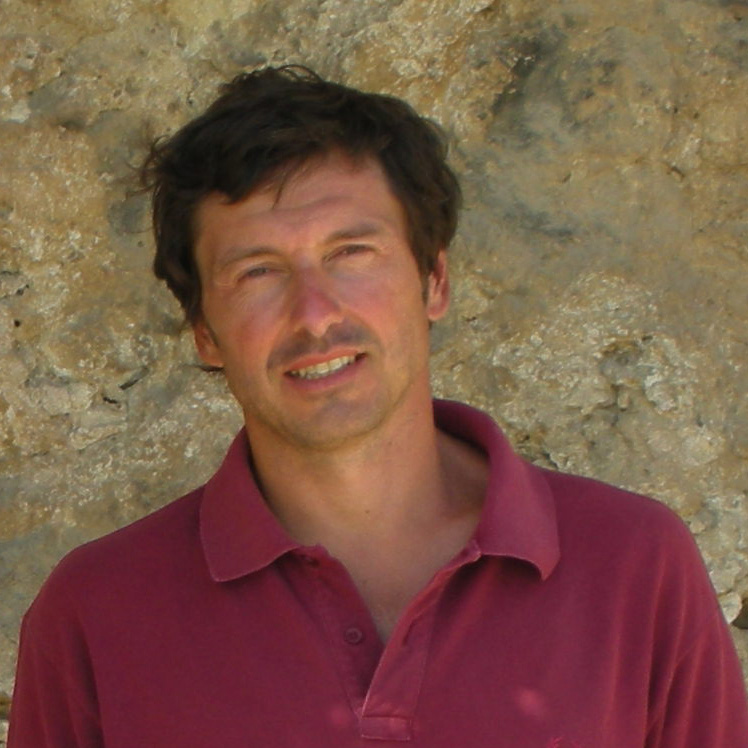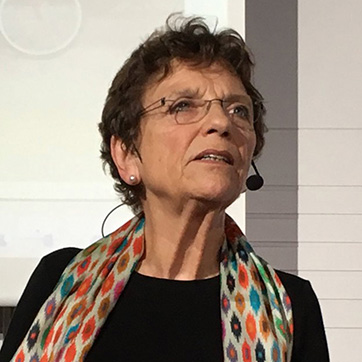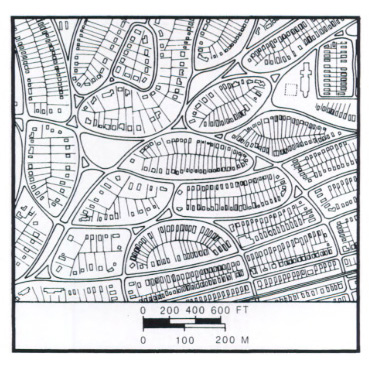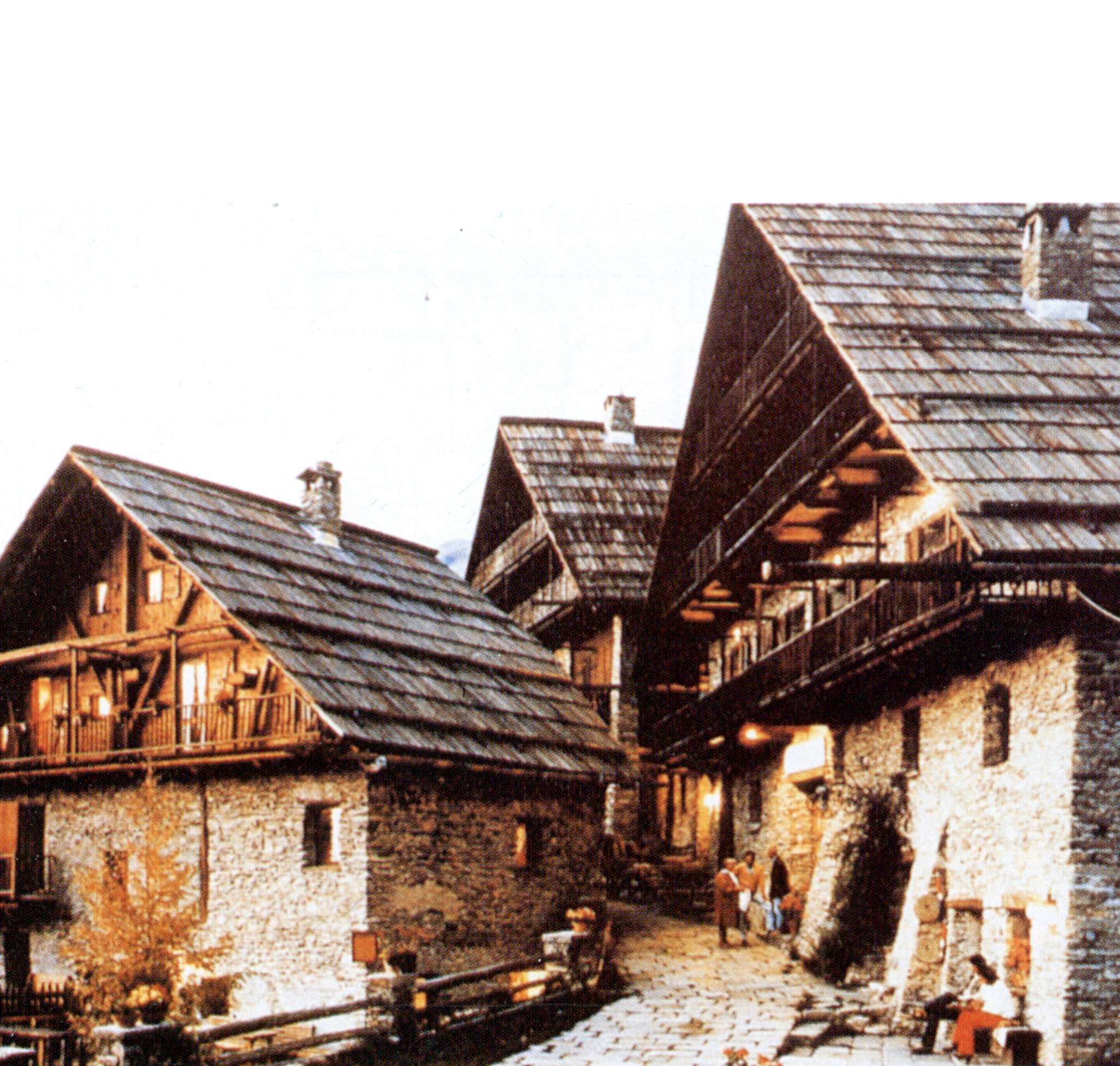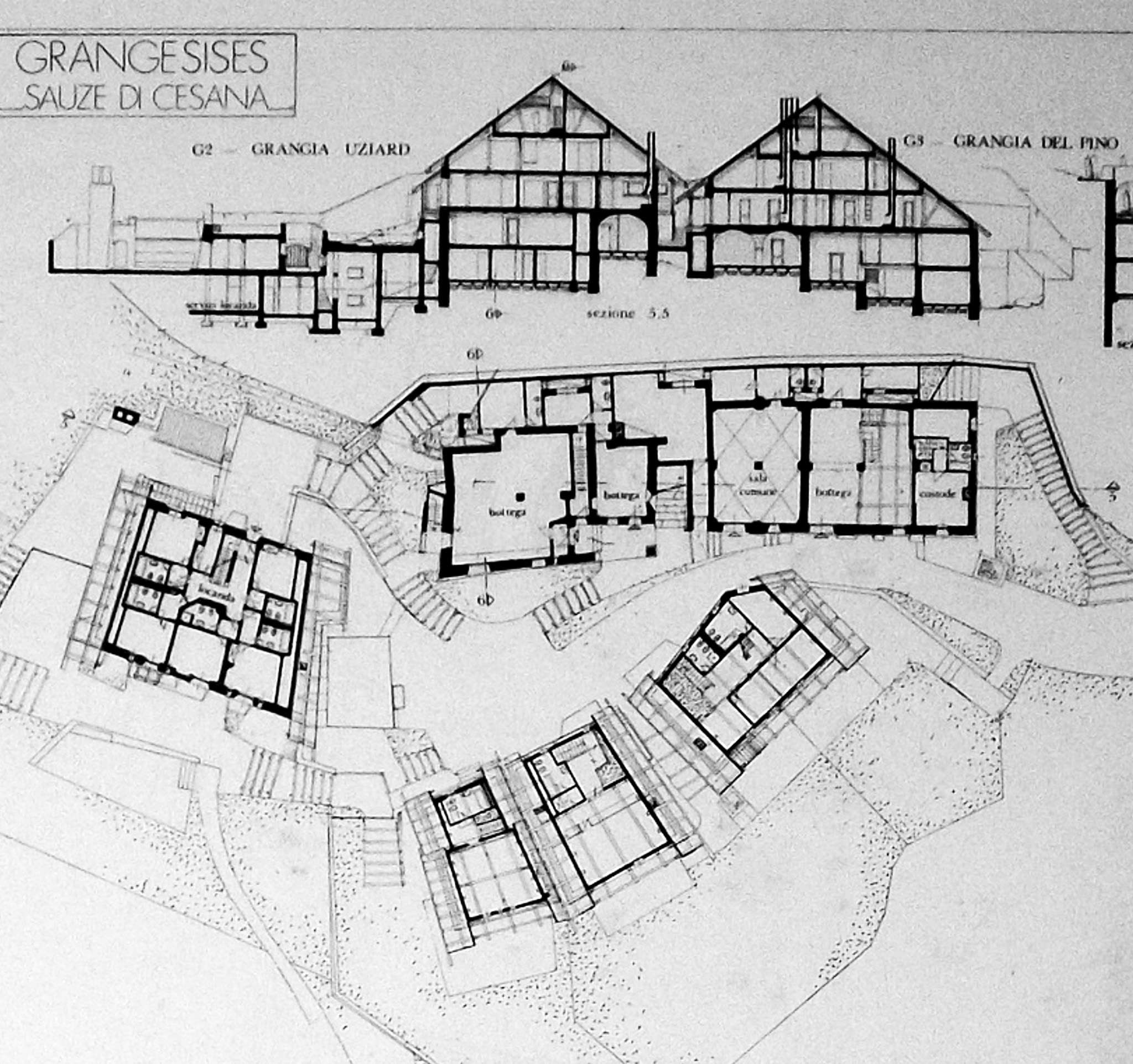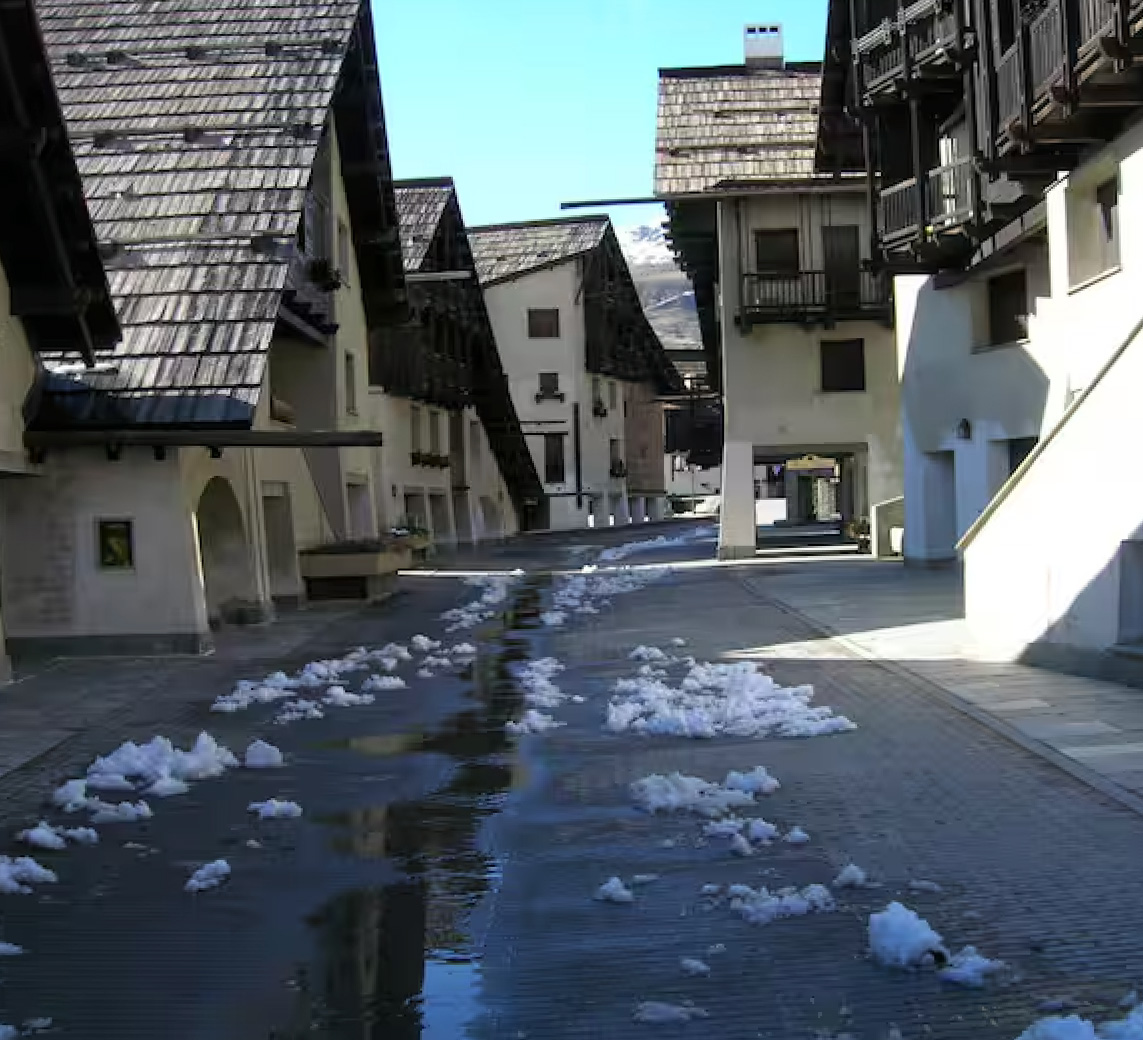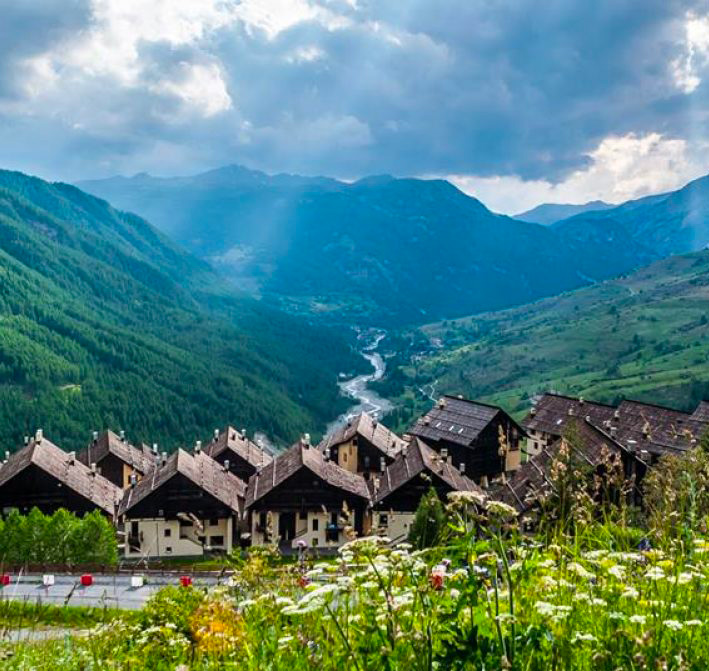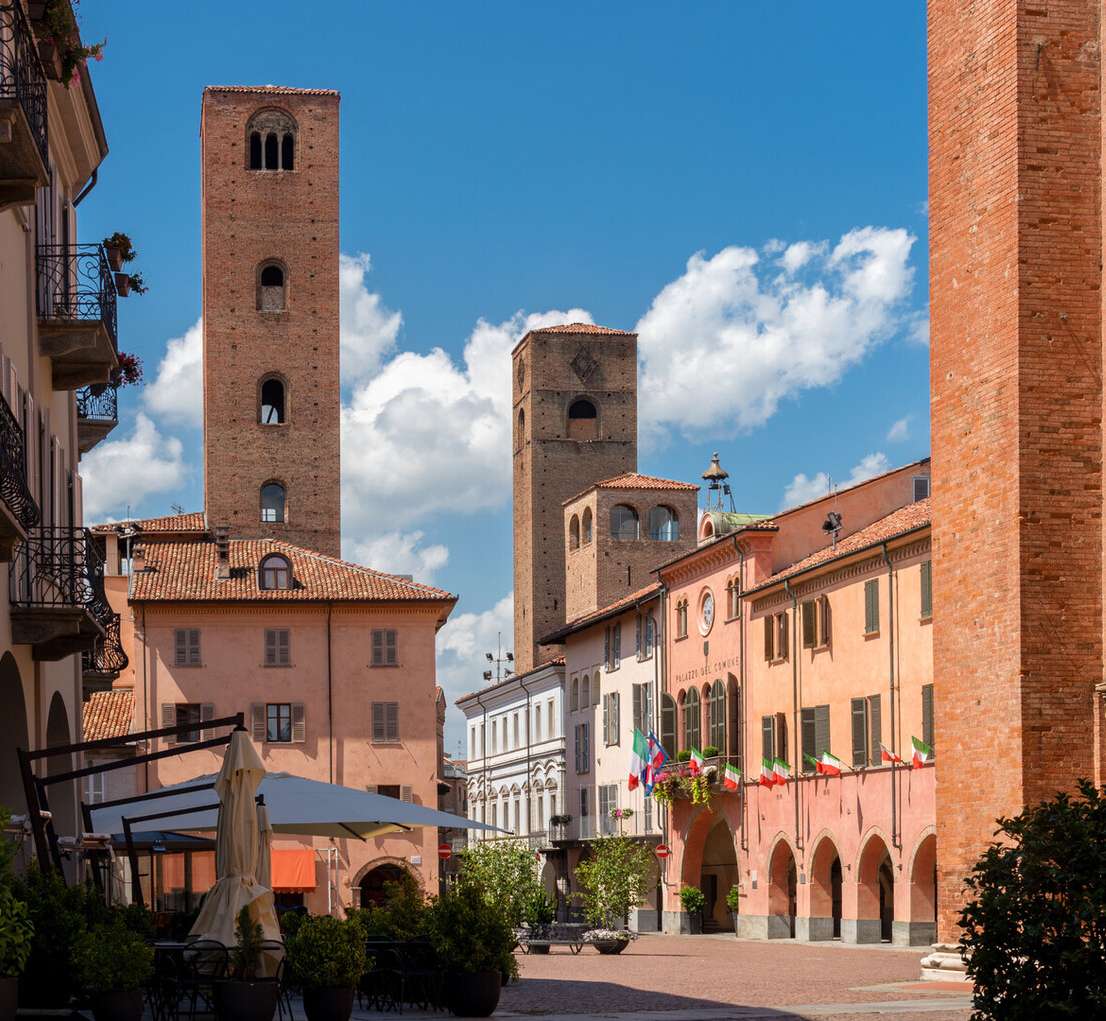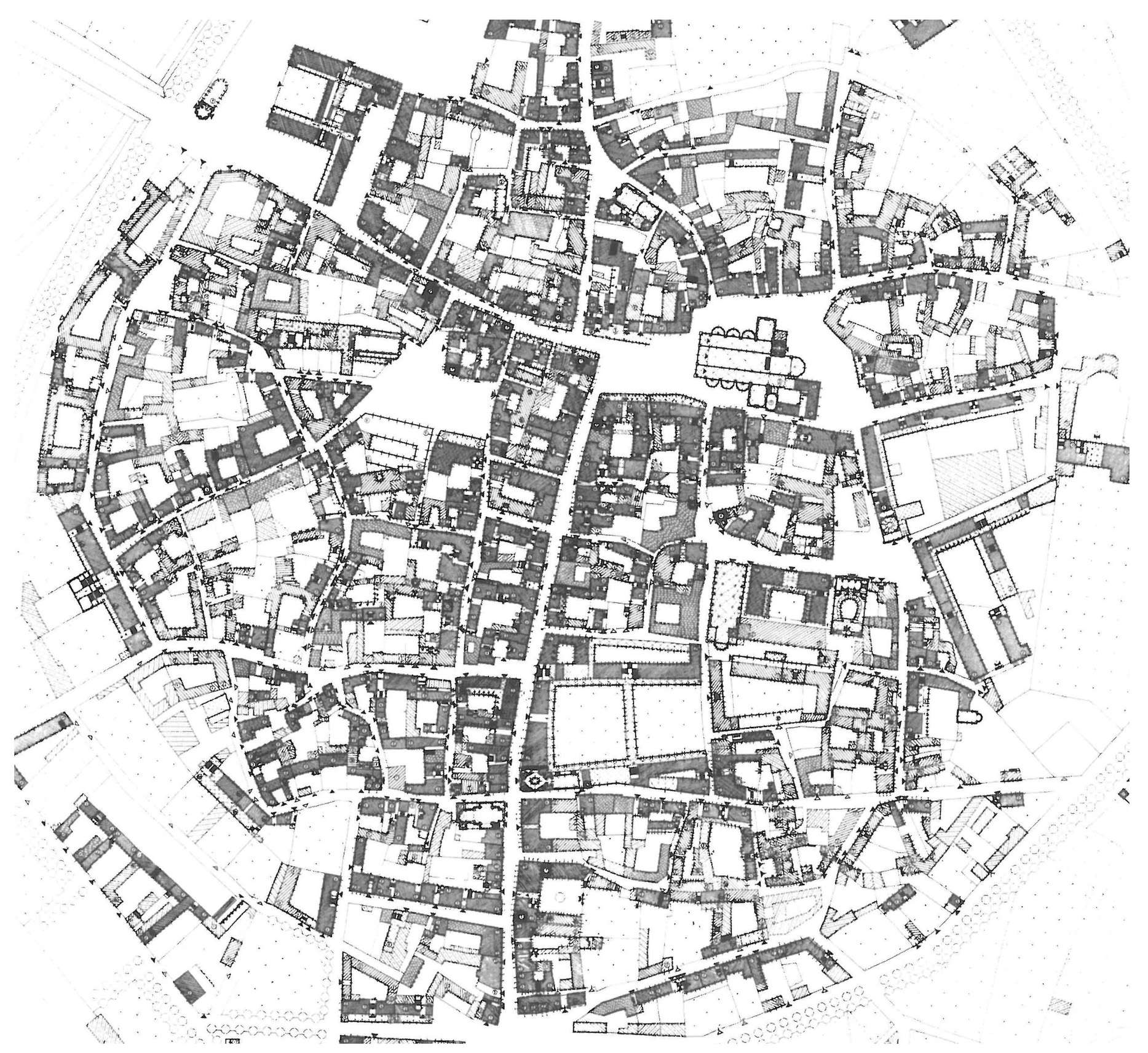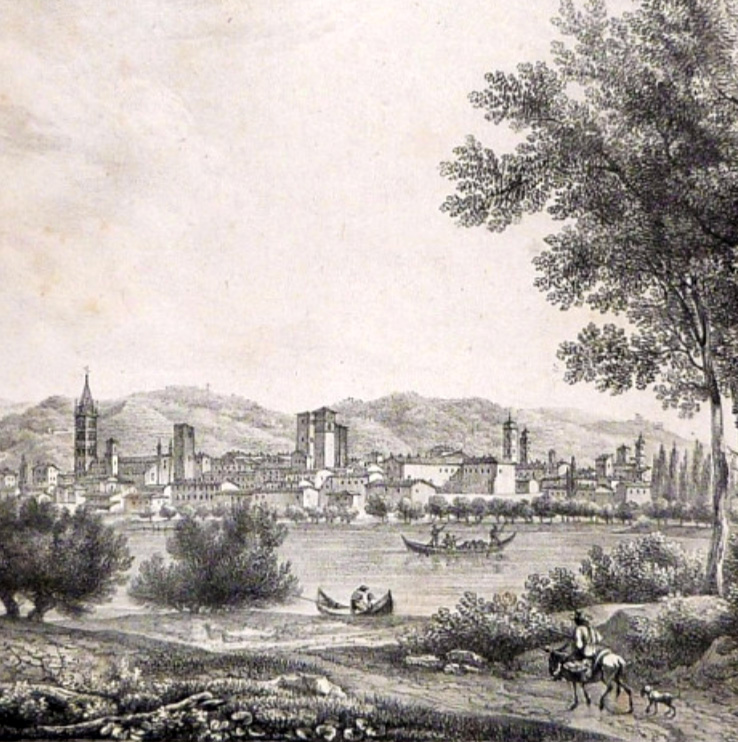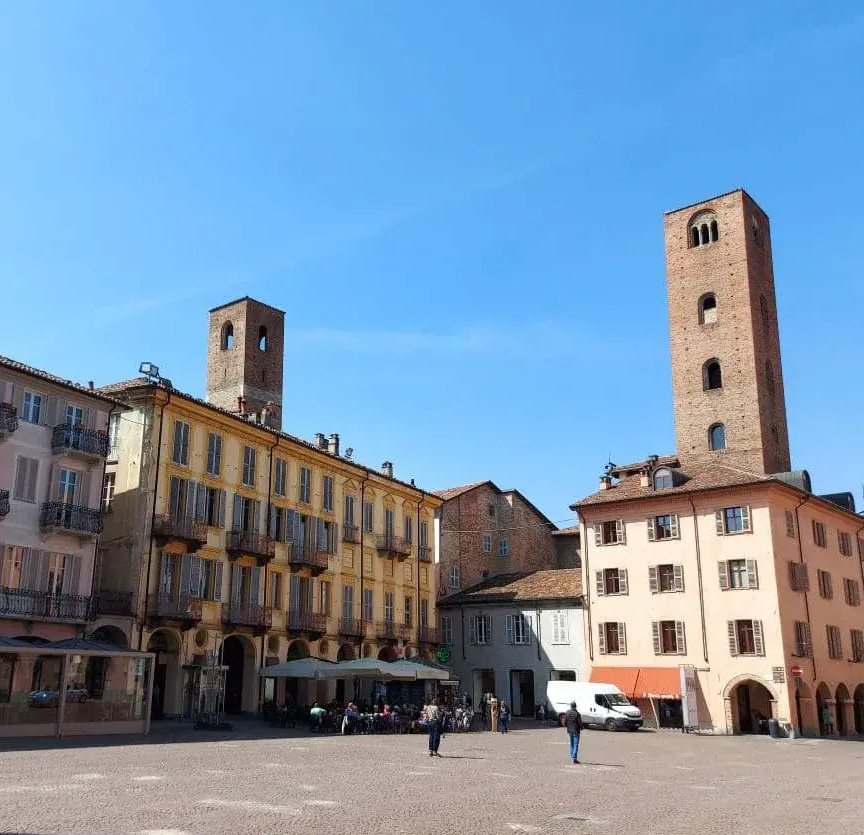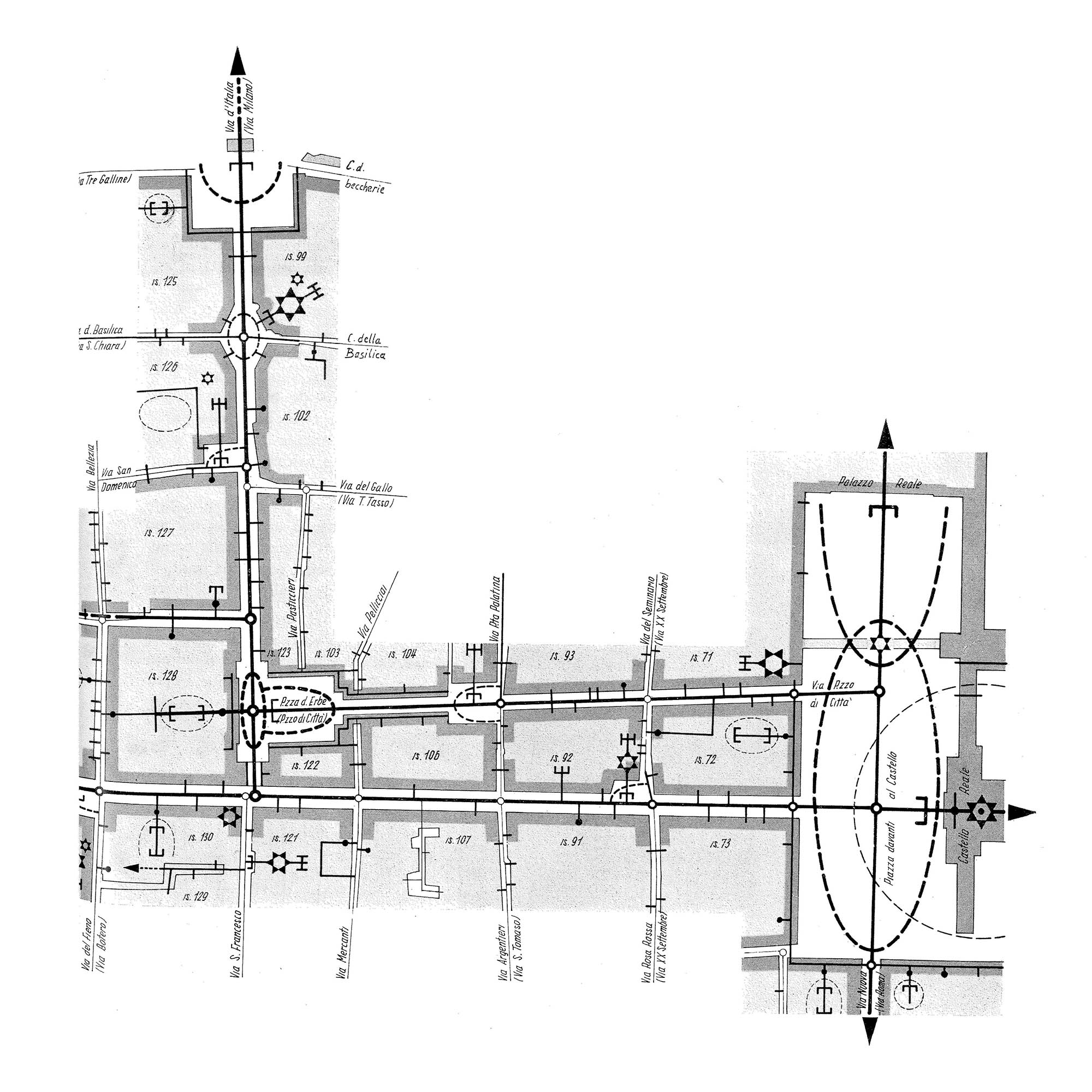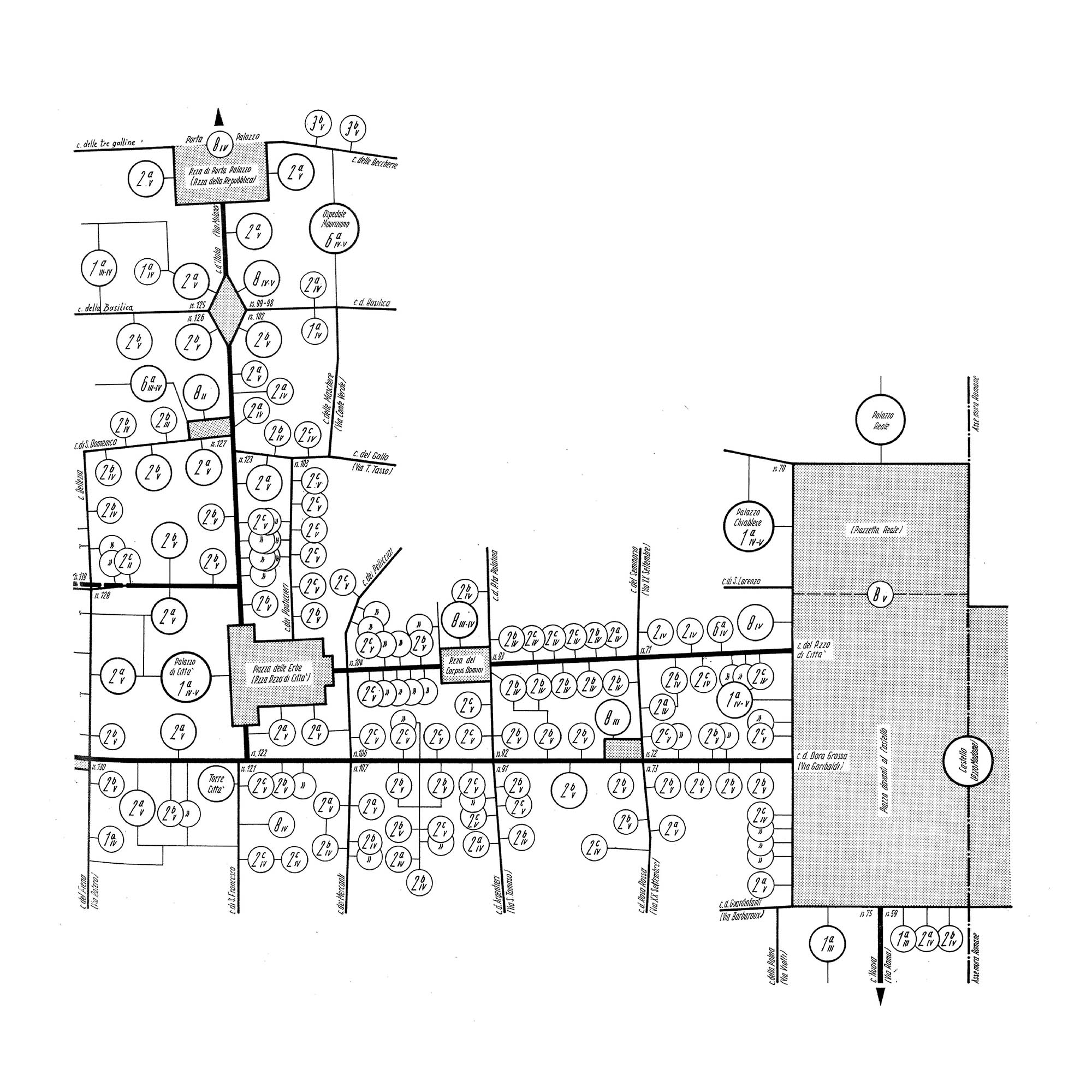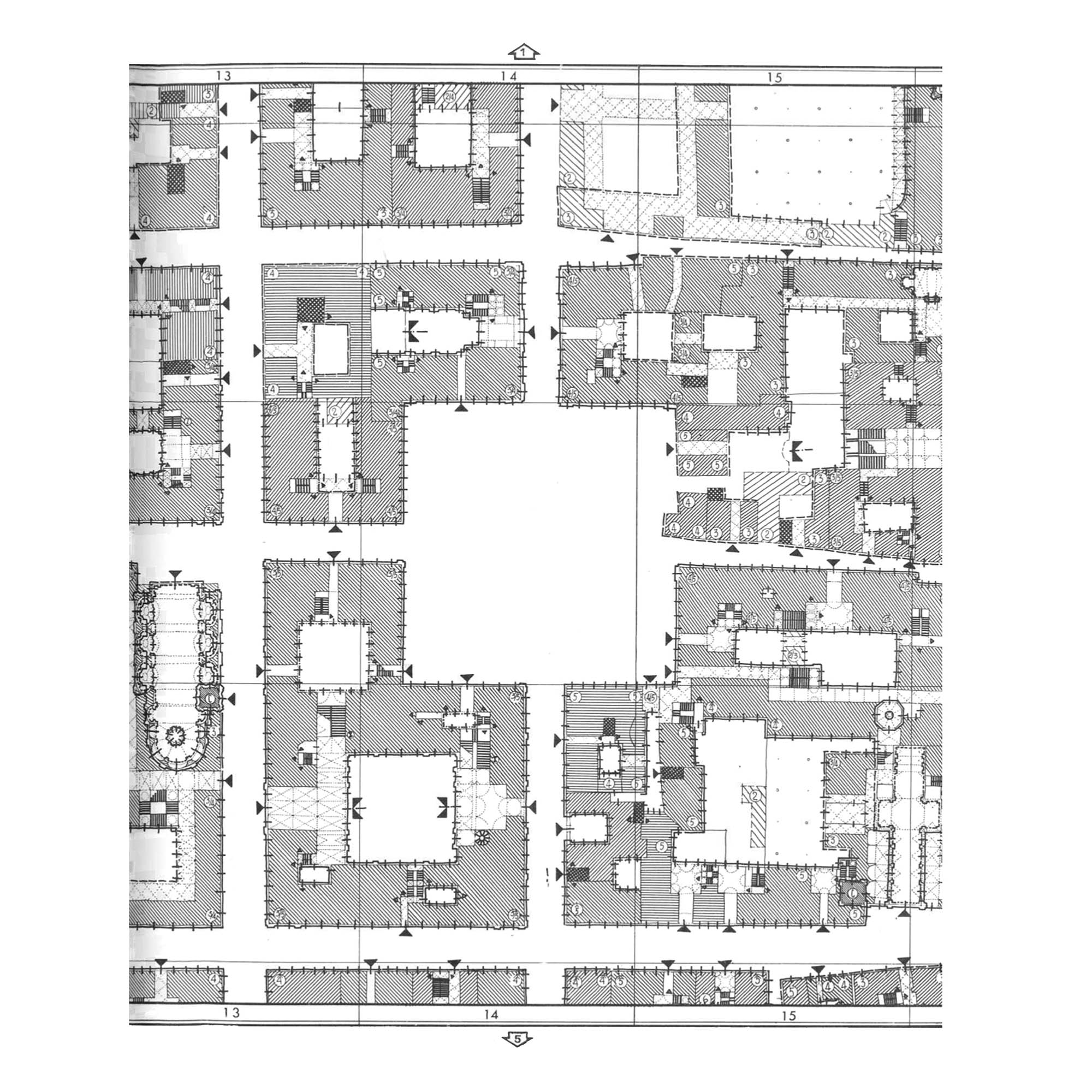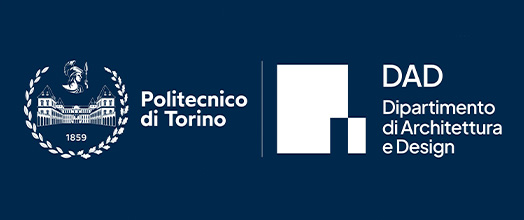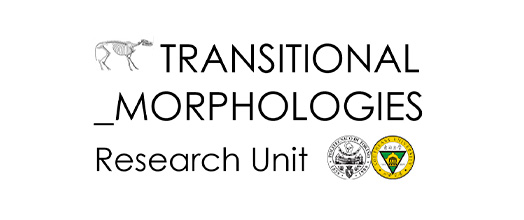Events
ISUF 2025 initiatives in the plenary sessions
News from the Future. Artificial Intelligence in the Age of Urban Form
Dialogue/interview with Barbara Caputo (Artificial Intelligence Machine Learning) and Meta Berghauser Pont (Spatial Morphology Group)
In a dual interview led by the technical-scientific journalist Bruno Ruffilli, BARBARA CAPUTO (President of Focoos AI, Torino) and META BERGHAUSER-PONT (Director of the Spatial Morphology Group, Gothenburg) will discuss the potential intersections between “the paradigms and challenges of the age of artificial intelligence” (Barbara) and “the prospects opened by technological innovation for the study of urban form, balancing quantity and quality” (Meta).
This session aims to foster an open (rather than closed) discussion about AI and its societal impacts, particularly in the context of digital-supported urban morphology. Topics will include the role of prompting and data in AI, the application of machine learning in protocols and image recognition, mapping practices involving social, economic, and ecological factors, and the future of generative AI and its potential as a design tool at the urban and territorial scales.
The Jeremy Whitehand Legacy
Susan Whitehand (Former member of Urban Morphology Research Group, University of Birmingham) interviewed by Nicola Marzot (ISUF Italy)
“The former stem from my first meeting with Jeremy at the conference organized by Sylvain Malfroy at the EPFL in 1996, which marked the beginning of a relationship of exchange that has been fundamental to my training as a young researcher. That meeting, incidentally, was facilitated by Gian Luigi Maffei, whom I had met a few months earlier, after finishing my university studies, to ask for advice on my future! The latter can be traced back to the conference in Birmingham, which established the association, where I began my comparative analysis of the Italian and Anglo-Saxon schools, in the presence of M.R.G. Conzen, who still has many interests today.
Talking with SUSAN WHITEHAND will be a great opportunity to reflect together on the relationship between the tradition of morphological studies and technological innovation, in the spirit of the conference, together with friends and researchers in a transgenerational context”.
Nicola Marzot, note, April 2025.
Land & AI @ Politecnico di Torino
Dive Deep coordinated by Fabrizio Lamberti (GRAINS – GRaphics And INtelligent Systems group) and Piero Boccardo (Urban Lab Torino)
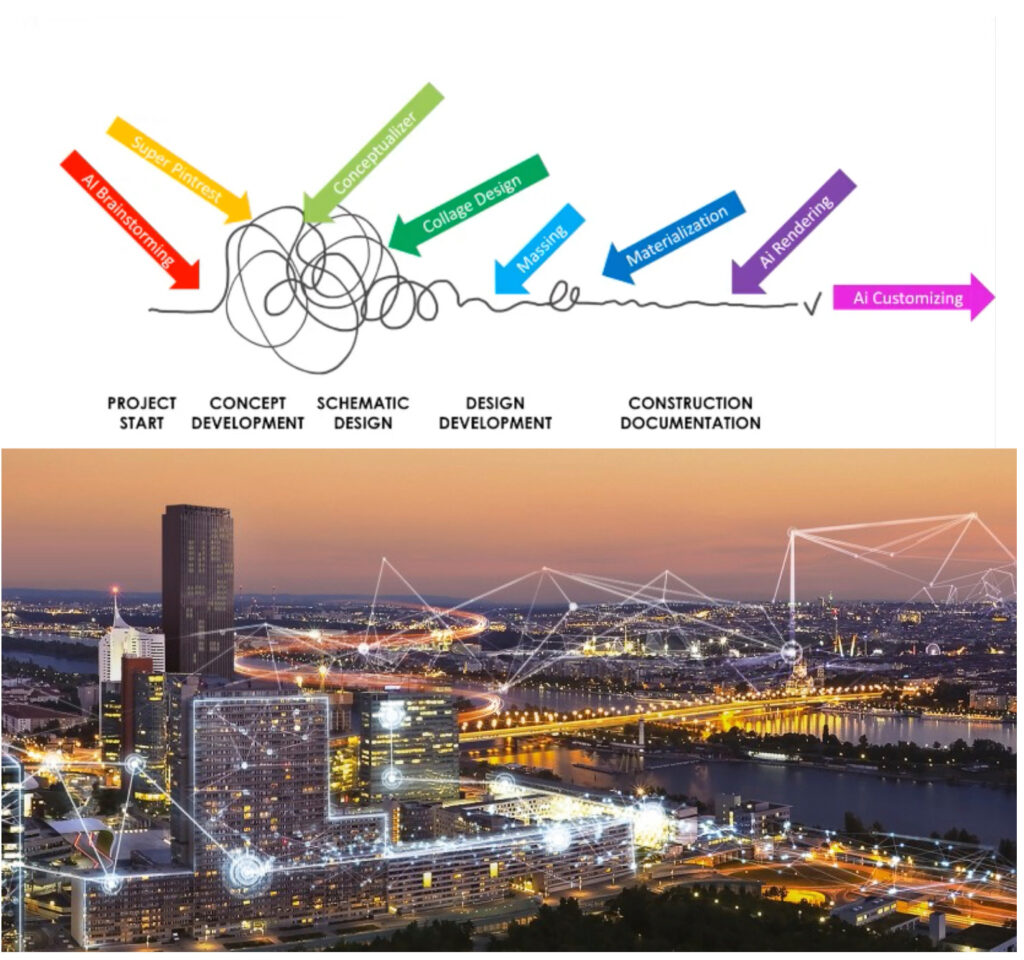
It is now undeniable that analysis, mapping, and prefiguration systems of human settlement forms cannot avoid incorporating machine learning practices (for example, in image recognition), interpretive/predictive models based on evolutionary neural networks inspired by human intelligence, increasingly sophisticated systems of generative design, possibly based on data collection and what is called Evidence-Based Design.
Starting next year, Politecnico di Torino will offer multidisciplinary micro-programs that can be linked to various master’s degrees. Why not develop an AI APPLIED STUDIES IN URBAN MORPHOLOGY program? The Dive Deep initiative, coordinated by FABRIZIO LAMBERTI (GRAINS – Graphics And Intelligent Systems group) and PIERO BOCCARDO (Urban Lab Torino), will ask researchers’ teams working on these topics at Politecnico di Torino to create an initial agenda.
ISUF 2025 evening initiatives
Anne Vernez Moudon (1945-2025). A Tribute
Vítor Oliveira (ISUF International President)
Anne Vernez Moudon (Yverdon-les-Bains, 1945 – Paris, 2025) played a key role in bringing together the founding members of ISUF in the first meetings in Lausanne in the mid-1990s. She served as ISUF’s president, leading the organization through its formative first decade.
Since then, Anne remained a leading figure in the field of urban morphology, exploring the physical forms of settlements, how they evolve over time and at different scales, and how they relate to other dimensions of life.
Ayşe Sema Kubat, Attilio Petruccioli, Ivor Samuels, Paul Sanders and Neris Parlak will remind us of Anne, her foundational work, and the legacy she leaves for future generations of urban morphologists.
ISUF Regional Networks Meeting
Giuseppe Strappa (ISUF Regional Networks Coordinator)
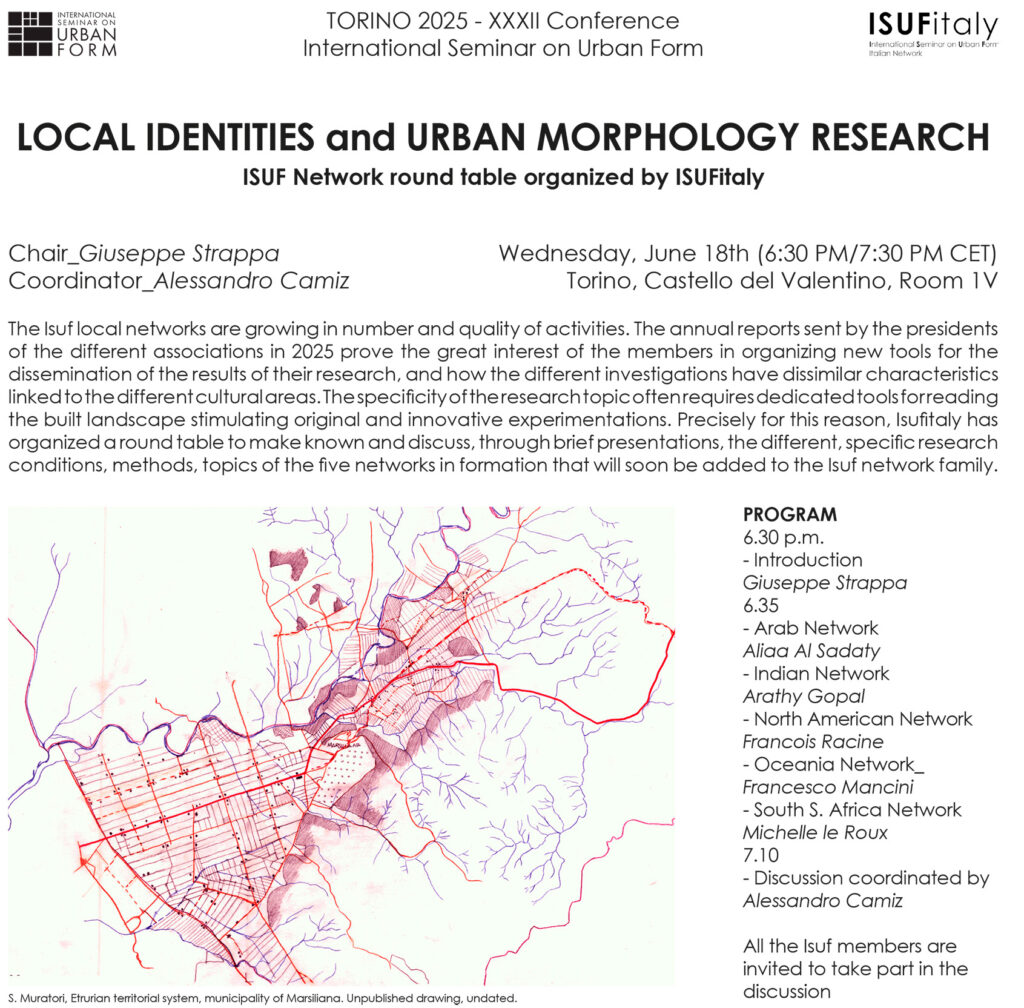
“For ISUF Torino 2025, a round table of the Regional Networks was organized on the topic of the specificities of the studies in the different associations. This topic is very significant as it explains the very meaning of the existence of local networks.
It is noteworthy to note, in this regard, how the geographical areas of almost all the new associations proposed do not coincide with national states. The North American network actually includes the USA, Canada, Quebec, Mexico. The South Southern Africa network is currently represented by members from South Africa and Botswana, but future co-operation will also include neighbouring and small countries of the region such as Swaziland, Lesotho, Namibia, Zimbabwe and Mozambique (even if already represented by the PNUM network). The Oceania Network of Urban Morphology includes Australia and New Zealand. The ANUM Arab Network of Urban Morphology will include a large number of countries in Africa and the Arabian Peninsula.
These associations in formation confirm the formation of new cultural areas that do not coincide with geographical borders”.
From the ANNUAL REPORT ON ISUF REGIONAL NETWORK ACTIVITIES – 2025
by Giuseppe Strappa (ISUF Regional Networks Coordinator)
Urban Morphologye & Common Engagement
Martina Crapolicchio (Transitional Morphologies Research Center, Politecnico di Torino)
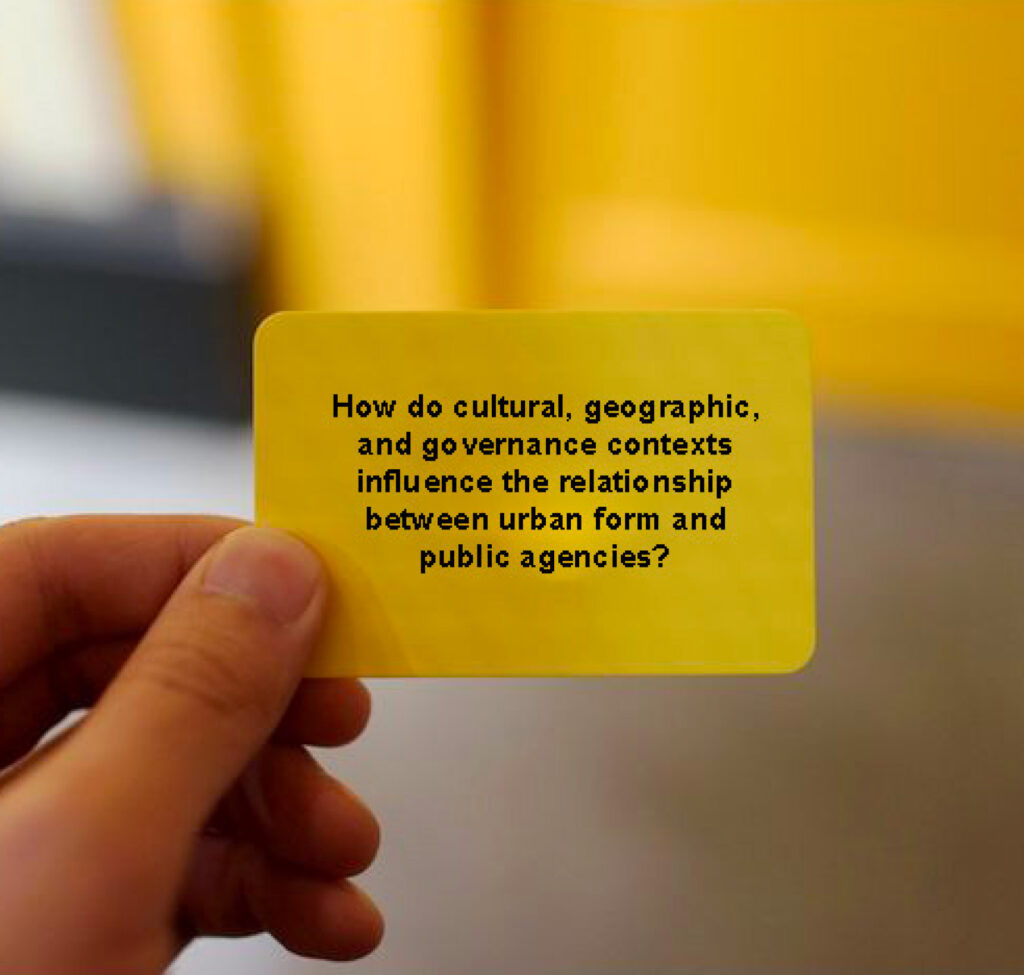
How can spatial form become an active interface for inclusive and sustainable urban transitions? What is the role of urban morphology at the intersection of agency and collective engagement?
Various existing case studies, supported by different methodological approaches, demonstrate how urban form analysis and design can influence civic interaction, as well as how it is shaped by it. From the 15-minute city to Positive Energy Districts (PEDs), and from participatory planning in Cyprus to heritage regeneration in China, it is possible to identify the morphological conditions that enable co-production, participation, and transition. This highlights the potential for dialogue on shared challenges and opportunities at the intersection of urban form and collective engagement practices.
Initiative by MARTINA CRAPOLICCHIO (The Transitional Morphologies TransMo Research Center for the Public Engagement Mission at the Department of Architecture and Design DAD at Politecnico di Torino), moderator NICOLA MARZOT.
Excursion
Itinerary 1:
The Village of Grangesises and the Architecture of Alpine Territories (Upper Susa Valley)
The 18th-century alpine village of Grangesises (located on the slopes of Mount Sises, 2,650 meters above sea level) was restored in the early 1970s, preserving the original construction techniques using wood and stone and studying the spontaneous settlement patterns of the Alpine sylvo-pastoral culture. The project was awarded the European Architecture Prize for Reconstruction of the City in 1987. In the 1980s, the village was expanded for tourism purposes with a project based on the interpretation of architectural and morphological types of the Upper Susa Valley, earning awards and recognition. The visit includes the Sestriere ski resort, established as a “ski-total” resort in the 1930s, and other traditional alpine villages in the surrounding area.
Maximum participants: 50
Saturday June, 21st 2025
Departure at 8:30 AM from Castello del Valentino, return at 5:30 PM.
Lunch on-site with local traditional products.
Itinerary 2:
Alba and the Architecture of the Landscapes of Langhe
Visit to the medieval historic center of Alba, which was studied for its morphological features by Augusto Cavallari Murat in 1975. This city, the capital of the wine-producing landscape of Langhe (listed as a UNESCO World Heritage site), still retains its Roman layout, evident in both the sequence of medieval city features (the Via Maestra, the Cathedral, the towers) and in reinterpretations of architecture and urban design from the 19th and 20th centuries. The visit includes a panoramic view of the city from the village of Treiso or the Langhe from the settlement of La Morra, or other historic villages in the surrounding territory.
Maximum participants: 50
Saturday June, 21st 2025
Departure at 8:30 AM from Castello del Valentino, return at 5:30 PM.
Lunch on-site with local traditional products.
Exhibition
The GRAPH THEORY DIAGRAM
The GRAPH THEORY DIAGRAM exhibition revisits Cavallari Murat’s studies on the European city between the 42° and 47° parallels north, with a particular focus on Turin. His work aimed to identify the underlying rules of urban form, developing a methodology for reading the city based on graph theory. The exhibition encourages a renewed dialogue between Italian morphological thinking and current computational approaches. Decades before the formal development of space syntax (Hillier and Hanson, 1984), Cavallari Murat’s work anticipated the need to move from descriptive accounts of urban form to abstract models capturing spatial logic and connectivity.
Building on Cavallari Murat’s legacy, the exhibition presents the research by the Transitional Morphologies Joint Research Unit, extending the scope of investigation to the 32°parallel north. His legacy serves as a tool not only to interpret the past but also to understand urban transitions over time.
Initiative by ROSSELLA GUGLIOTTA (Transitional Morphologies TransMo Research Center at the Department of Architecture and Design DAD at Politecnico di Torino), with the contribution of XIAO XIAO (Transitional Morphologies TransMo Research Center) and the support of Enrica Bodrato (Biblioteca Mosca, Department of Infrastructure and DISEG at POlitecnico di Torino).
